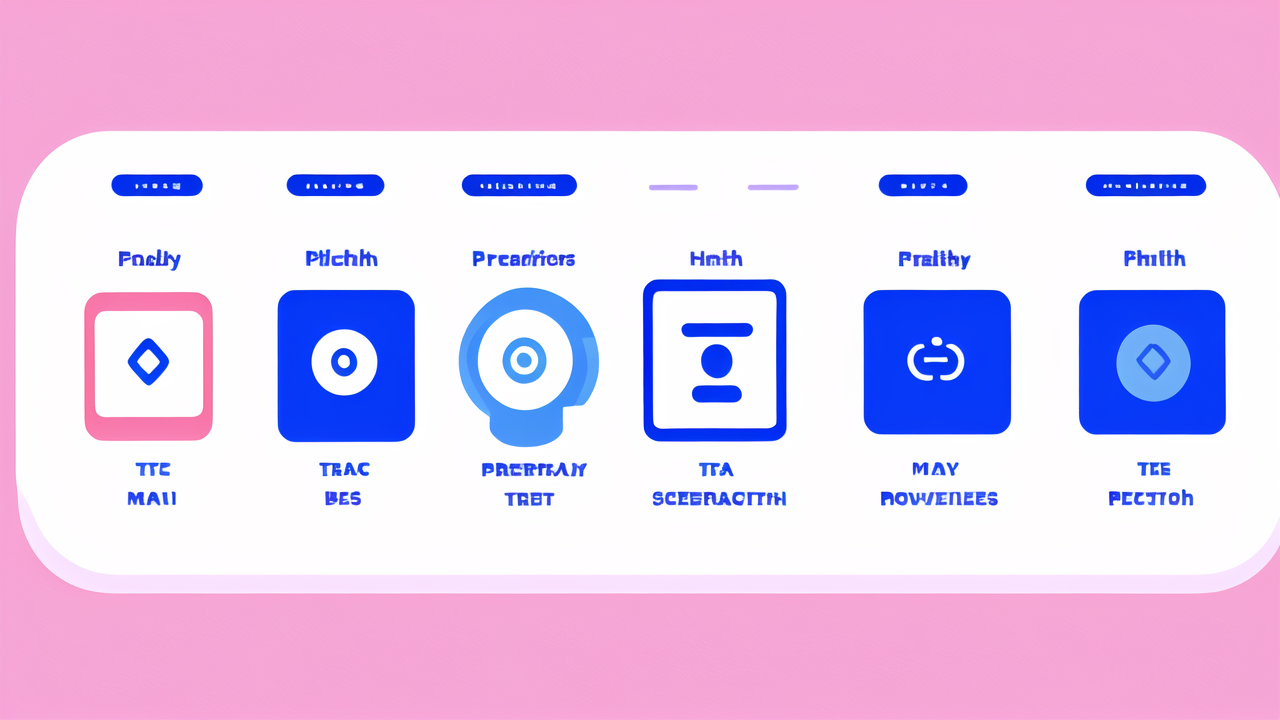Introduction to Body Measurement Tracking
Understanding the Need for Measurement Tracking
Body measurement tracking has become a vital tool for health-conscious individuals. It helps people monitor their fitness progress and overall health. Many use these trackers to set goals and stay motivated. They provide data on various metrics like weight, body fat, and muscle mass. This info is crucial for those trying to lose weight or build muscle. Trackers also help identify trends in body composition over time. This knowledge can guide better decision-making about diet and exercise. For athletes, precise measurements are key to optimizing performance. Even for the average person, tracking can lead to improved health awareness.

History and Evolution of Body Measurement Tools
Body measurement tools have come a long way over the years. Early methods were simple, like using tape measures and scales. The first electronic scales appeared in the mid-20th century. These offered more precise weight measurements. In the 1980s, bioelectrical impedance analysis (BIA) devices emerged. They could estimate body fat percentage. The late 1990s and early 2000s saw the rise of digital calipers and advanced BIA devices. Recently, 3D body scanning technology has revolutionized the field. It provides highly accurate, full-body measurements. Smartwatches and fitness bands now often include body composition features. The focus has shifted from just weight to a more comprehensive health picture.
Analyzing the Best Body Measurement Trackers in the US Market
Criteria for Selecting the Top Brands
When evaluating body measurement trackers, several key factors come into play:

- Accuracy: The device must provide reliable and consistent measurements.
- Range of metrics: More comprehensive trackers offer a wider array of data points.
- Ease of use: User-friendly interfaces and simple operation are crucial.
- Connectivity: Integration with smartphones and fitness apps adds value.
- Battery life: Longer battery life means less frequent charging.
- Design: Aesthetics and comfort are important for wearable devices.
- Price: The cost should reflect the features and quality offered.
- Customer support: Good after-sales service is essential.
- Brand reputation: Established brands often have better reliability.
- Data privacy: Strong security measures to protect user information are vital.
Comparative Analysis: Features and Technology
Top body measurement trackers in the US market offer a range of features:
- Withings Body+: Known for its Wi-Fi connectivity and multi-user support.
- Fitbit Aria 2: Offers seamless integration with Fitbit's ecosystem.
- Garmin Index S2: Provides advanced metrics and syncs with Garmin Connect.
- QardioBase 2: Features a unique, round design with haptic feedback.
- Eufy Smart Scale P1: Offers 14 measurements at an affordable price point.
These devices use various technologies:
- Bioelectrical Impedance Analysis (BIA) for body composition
- High-precision sensors for weight measurement
- Bluetooth and Wi-Fi for data transmission
- Cloud storage for long-term data tracking
Some brands, like Fila, known for watches, have also entered this market. They bring their expertise in wearable tech to body measurement devices.
Market Leaders and Their Unique Selling Propositions
- Fitbit: Known for its ecosystem integration and user-friendly app.
- Garmin: Offers advanced metrics for serious athletes and fitness enthusiasts.
- Withings: Focuses on sleek design and comprehensive health tracking.
- Qardio: Emphasizes aesthetics and ease of use for the whole family.
- Eufy: Provides affordable options without compromising on features.
Each brand has its strengths:
- Fitbit excels in creating a holistic fitness experience.
- Garmin caters to data-driven users with detailed analytics.
- Withings balances style with functionality.
- Qardio targets design-conscious consumers.
- Eufy appeals to budget-minded shoppers seeking value.
These leaders continue to innovate, pushing the boundaries of what's possible in body tracking.
Future Trends and Innovations in Body Measurement Tracking
The Integration of AI and Machine Learning
Artificial Intelligence (AI) and Machine Learning (ML) are set to transform body measurement tracking. These technologies will enable more accurate predictions and personalized insights. AI algorithms can analyze vast amounts of data to spot patterns and trends. This could lead to early detection of health issues based on body composition changes. ML models might offer tailored fitness and nutrition advice based on individual data. Predictive analytics could forecast how lifestyle changes might affect body measurements. AI-powered virtual coaches could provide real-time guidance and motivation. The integration of AI and ML will make trackers smarter and more proactive in supporting users' health goals.

The Role of Wearables and Mobile Applications
Wearables and mobile apps are becoming central to body measurement tracking. Smartwatches now offer features like body composition analysis alongside activity tracking. Mobile apps serve as hubs for data collection, analysis, and visualization. They often integrate data from multiple sources for a comprehensive health view. Some apps use smartphone cameras for body measurements, eliminating the need for separate devices. Wearables are evolving to include more sensors for continuous monitoring. This allows for real-time tracking of metrics like hydration levels and muscle oxygen. The future may see clothing with embedded sensors for full-body tracking. As technology advances, these tools will become more accurate and less intrusive.
Ethical Considerations and Privacy Policies in the Wearable Technology Industry
As body measurement trackers collect more data, ethical and privacy concerns grow. Companies must balance innovation with user privacy protection. Key issues include:
- Data ownership: Clarifying who owns the collected health data.
- Consent: Ensuring users fully understand how their data is used.
- Data security: Implementing robust measures to prevent breaches.
- Transparency: Clearly communicating data practices to users.
- Algorithmic bias: Addressing potential biases in AI and ML models.
- Health information privacy: Complying with regulations like HIPAA.
- Data sharing: Setting clear policies on sharing with third parties.
- Right to be forgotten: Allowing users to delete their data easily.
- Children's privacy: Implementing extra safeguards for minors' data.
- Ethical use of insights: Ensuring data isn't used for discrimination.
The industry must proactively address these concerns to maintain user trust and comply with evolving regulations.




Leave a comment
This site is protected by hCaptcha and the hCaptcha Privacy Policy and Terms of Service apply.